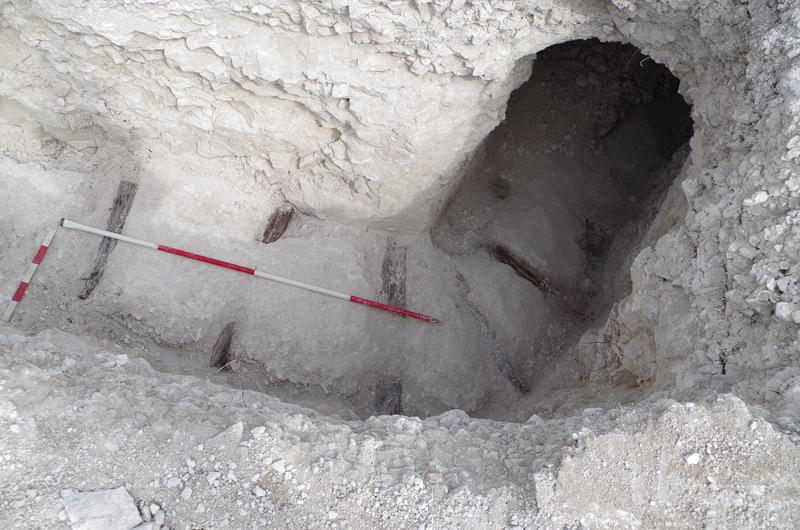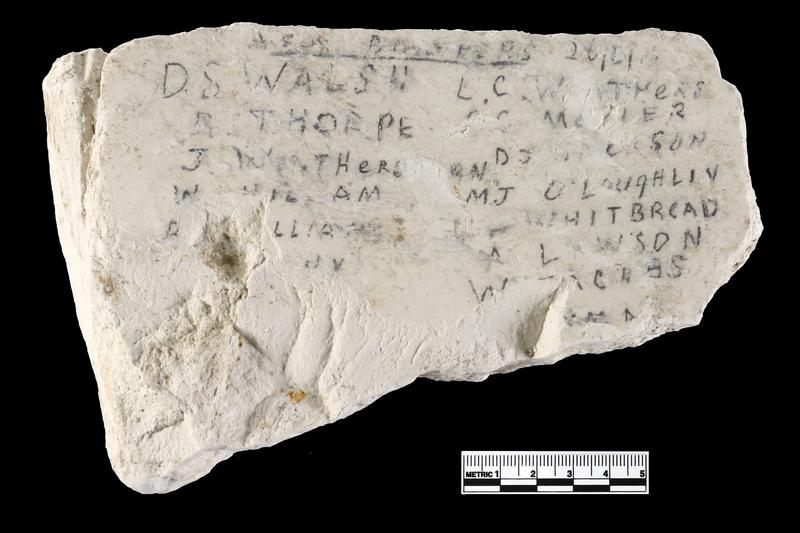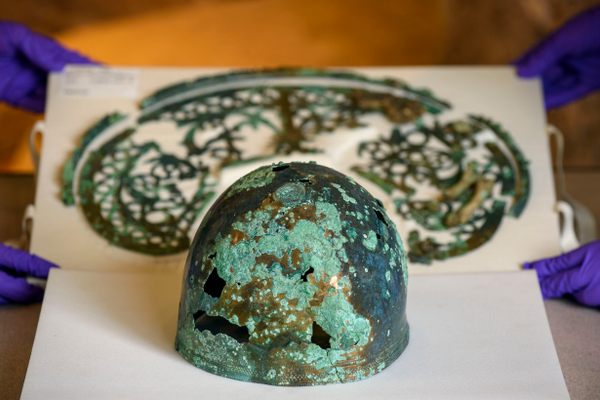Found: World War I Training Tunnels Full of Live Grenades
Also, toffee tins, mess kits, and a 1930s sports car.

In Wiltshire, England, a stretch of land is being redeveloped into future housing for Army families, and as part of the work to prepare the site, archaeologists have uncovered tunnels and trenches that were built in the 1910s to prepare soldiers for battlefield conditions in World War I.
The training was intense, as The Guardian reports: even though there was a base nearby, the men would spend weeks in these tunnels during “the brutal winter of 1916-17.”
The excavation has turned up many artifacts of daily life from a century ago—“mess tins, combs, toothbrushes, cigarette and tobacco tins and pipes, candlesticks and candle stubs, tins of condensed milk and meat paste,” according to The Guardian. One tin held Australian toffees, and a bucket showed signs it had been used as a make-shift brazier to help keep the tunnel-dwelling men warm. The men also left behind marks—the walls are graffitied with the names of the men who served here.

In the course of the excavation, archaeologists found 200 grenades used in training. Half of them were still live.
But though the evidence of the tunnel’s use during the early 20th century was the most abundant, the team found signs of more recent visits—and of the tunnel’s use long ago. Hidden in the tunnel were a red sports car from the 1930s and a motorbike from the 1950s. But the team also uncovered “a miniature pottery beaker found with the bones of three children buried 4,000 years ago,” The Guardian writes.


















Follow us on Twitter to get the latest on the world's hidden wonders.
Like us on Facebook to get the latest on the world's hidden wonders.
Follow us on Twitter Like us on Facebook